|
My mother and I visited Weedon Island Preserve in 2016. There are trails and boardwalks. In some places, the boardwalks stretch quite a distance in nearly straight lines while all around is green. It is only from the observation tower that I was able to see Saint Petersburg, Tampa, and all the way across the bay to the Big Bend power station just peeking above the treetops. The boardwalks lead to several observation platforms that jut out over lagoons where birds feed. Some are completely enclosed by mangroves. Others are open to Tampa Bay only by narrow straits. There is only one extreme corner of one platform in the park the picture below could have been taken from. If the photograph had better resolution, you would be able to see Apollo Beach. Looking down into another lagoon we saw a crab, a snail, many fish, several plumes moving back and forth, and strange gelatinous bags. Surrounding the lagoon were several wading birds. Throughout the park were smaller pools and ditches among the mangrove roots that came in amazing colors. Some were brown, others pale tan with a touch of green, others white with a touch of blue, others straight green, and most were a yellow-green reminiscent of Mountain Dew soda. As often happens when I’m awake, my imagination ran away with me and I thought of them as magical pools with magical properties. I thought that each might cure a different disease if bathed in, but if one stepped into the wrong pools, they would be turned into a frog. I stayed out of them. I had always assumed the ditches that run through mangrove forests to be natural occurrences caused by the interaction of tidal erosion and root growth over many years. Then I read an info board at the park about mosquito ditches. Humans used to dig ditches from the sea to allow fish and other predators of mosquito larvae access deep inside the mangrove forests so they could eat up the mosquitoes. Because of the changed coastline, the three species of mangroves that usually grow at different distances from the water now grow all together. The digging also explains all the large mounds of sand I saw throughout the park. I thought they might be leftover dunes from before the forest grew, or nests of some sort, or Seminole burial sites, but now I think they are simply where the ditch diggers dumped the excess sand.
There are fiddler crabs throughout the park. I couldn’t see them, but I knew they were there because when I slapped the wooden railing of the boardwalk, I heard the crackle of hundreds of them running to their burrows. I did this several more times until they stopped reacting. Further down the boardwalk, I tried it again and got the same response. That was a lot of fun. In the drier parts of the park, we saw a tortoise and an armadillo. We were able to walk right up to them as they fed. Neither acknowledged our existence at all. We also saw dragonflies and birds. These were much more flighty. Unfortunately, we went at a time when the history center was closed, but we were still able to learn that the island (actually a peninsula) was once used by an airport and a film studio. Now it has a power plant on it. Other things to note: much of the park is wheelchair-accessible, and one can rent kayaks to travel around the bay. There are suggested routes, some of which cut right through the island (actually a peninsula) through oversized ditches. There are information boards along the paths and boardwalks to teach about plants and other things. There are even a few benches. I loved it.
0 Comments
Leave a Reply. |
AuthorMy name is Dan. I am an author, artist, explorer, and contemplator of subjects large and small. Archives
February 2023
Categories
All
|
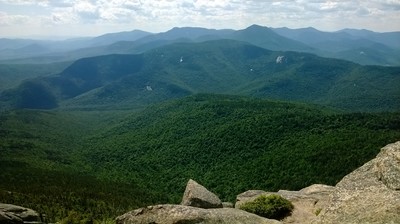
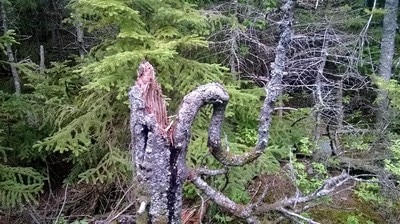
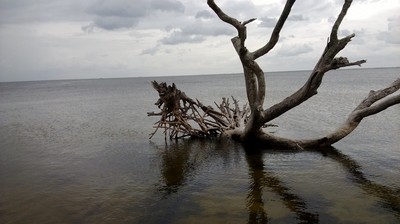
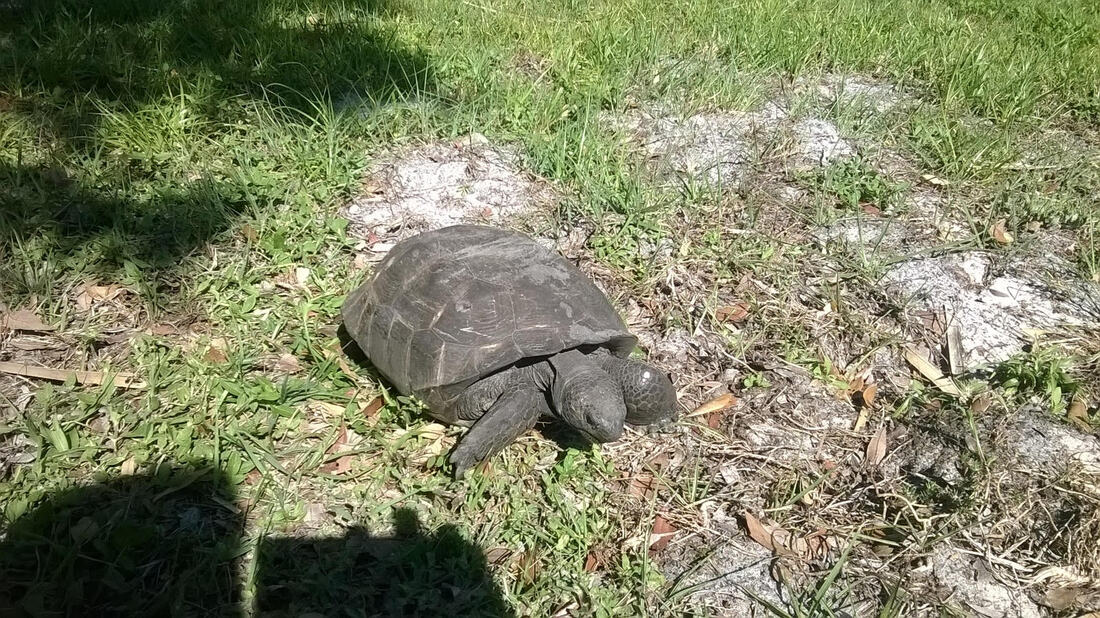

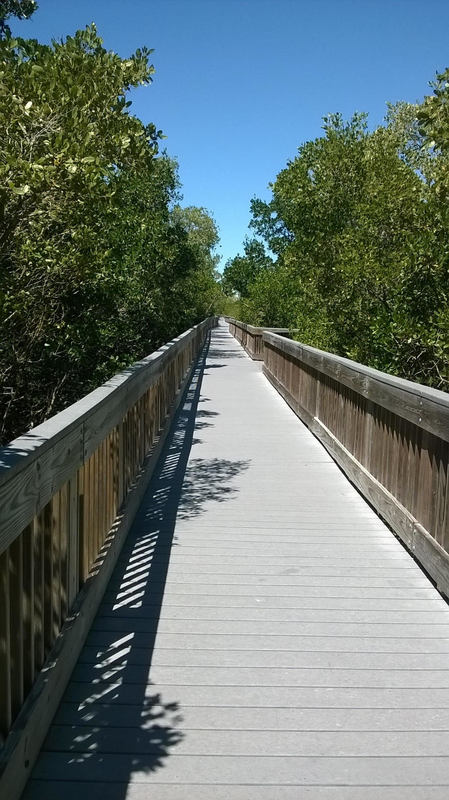
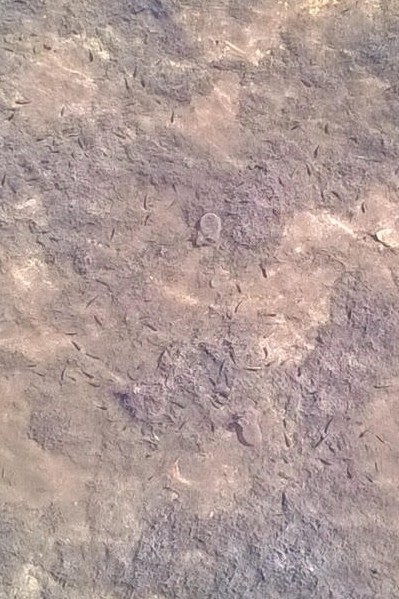

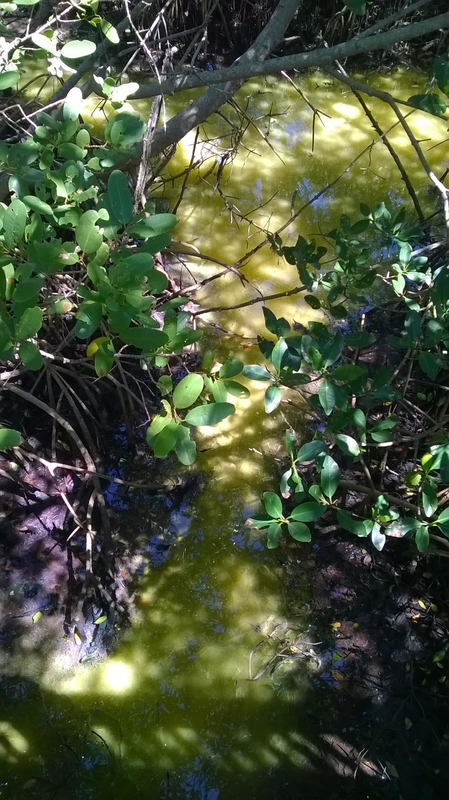
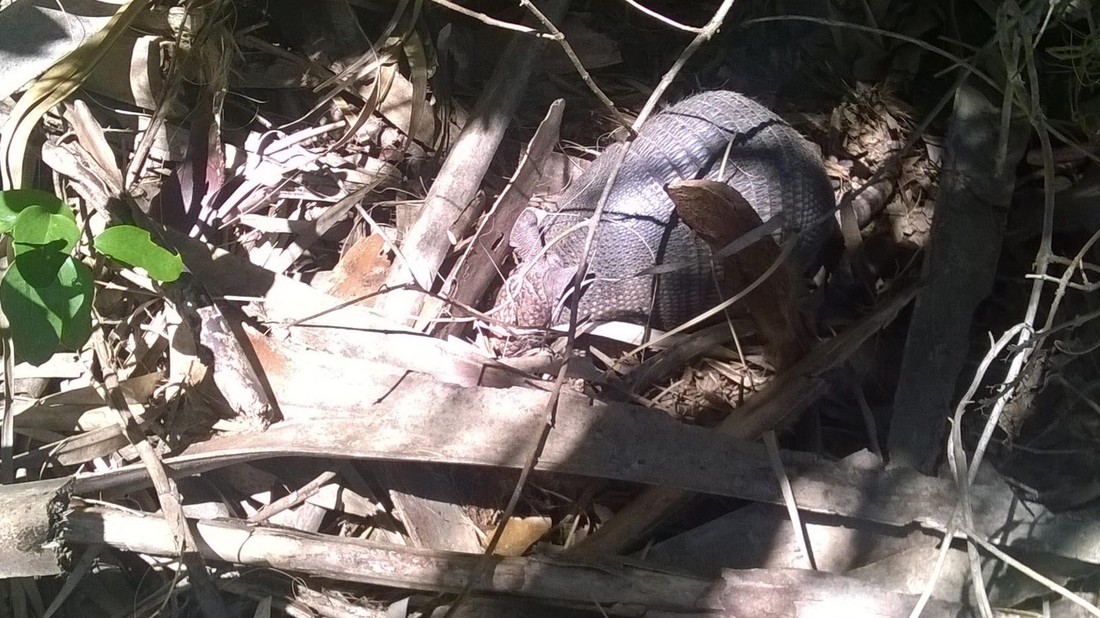
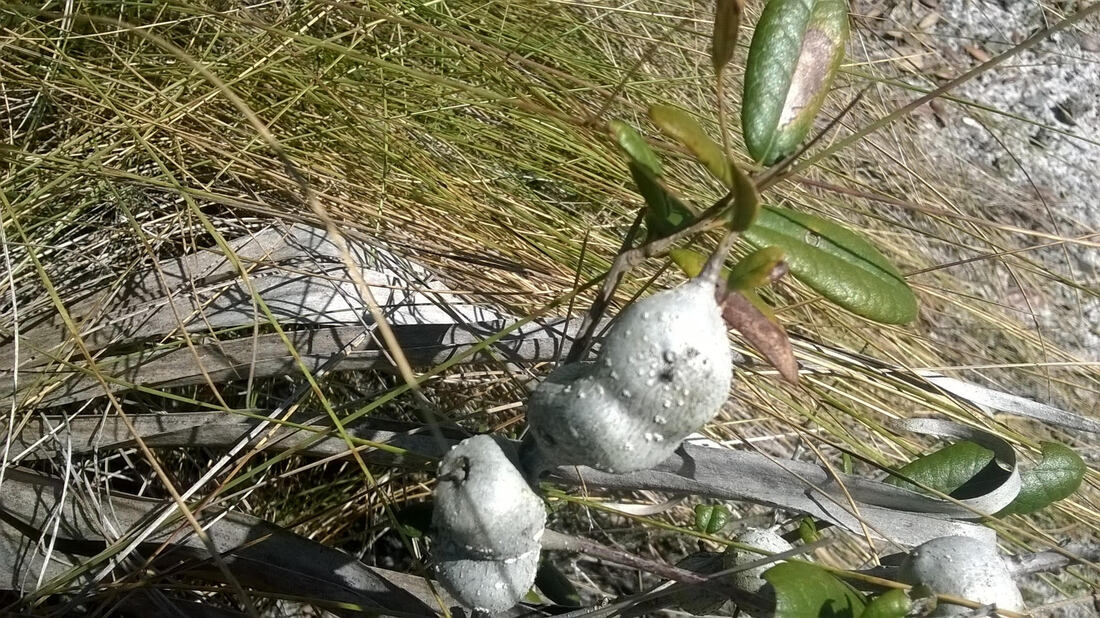
 RSS Feed
RSS Feed